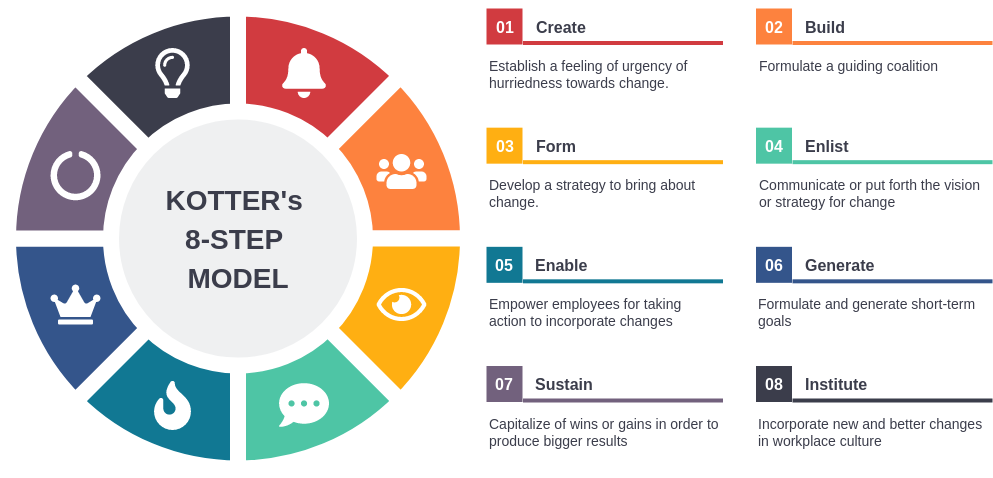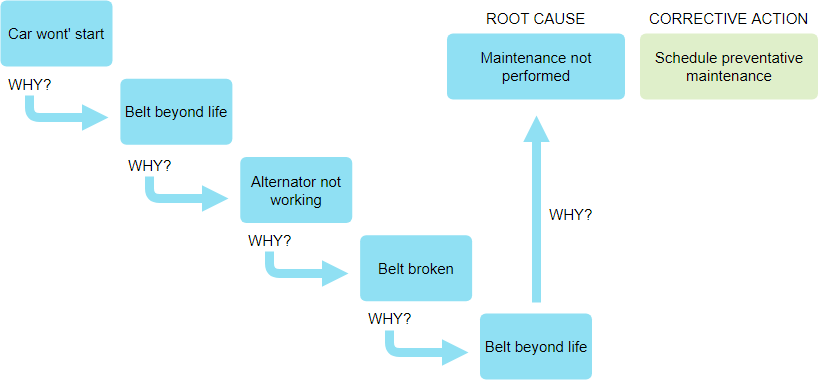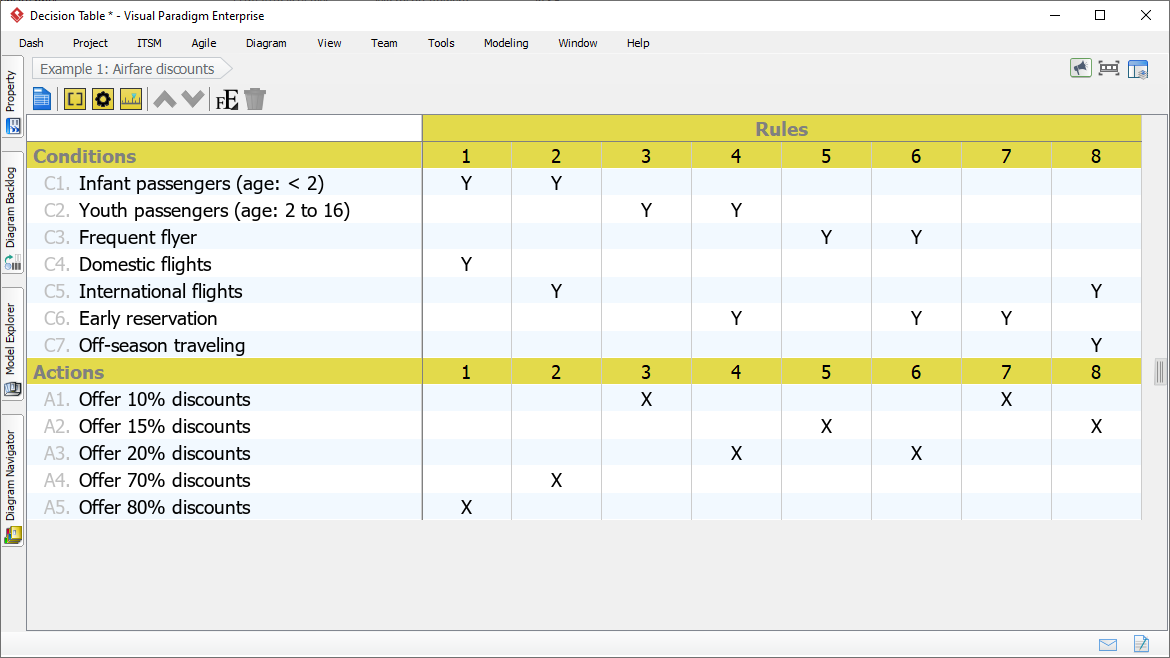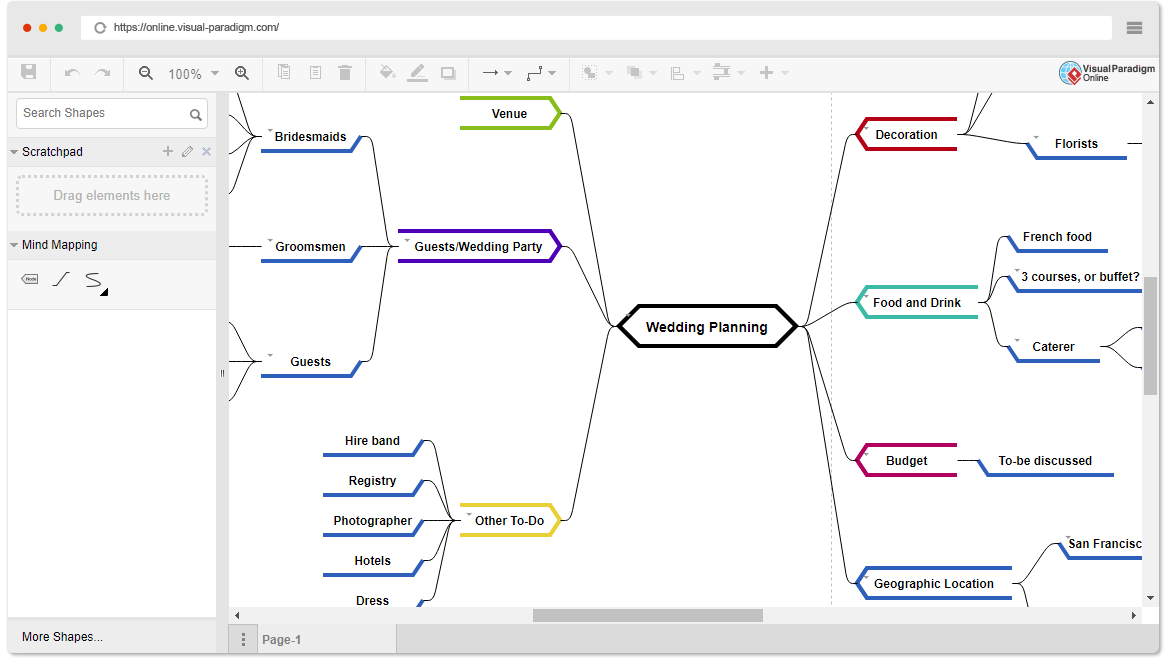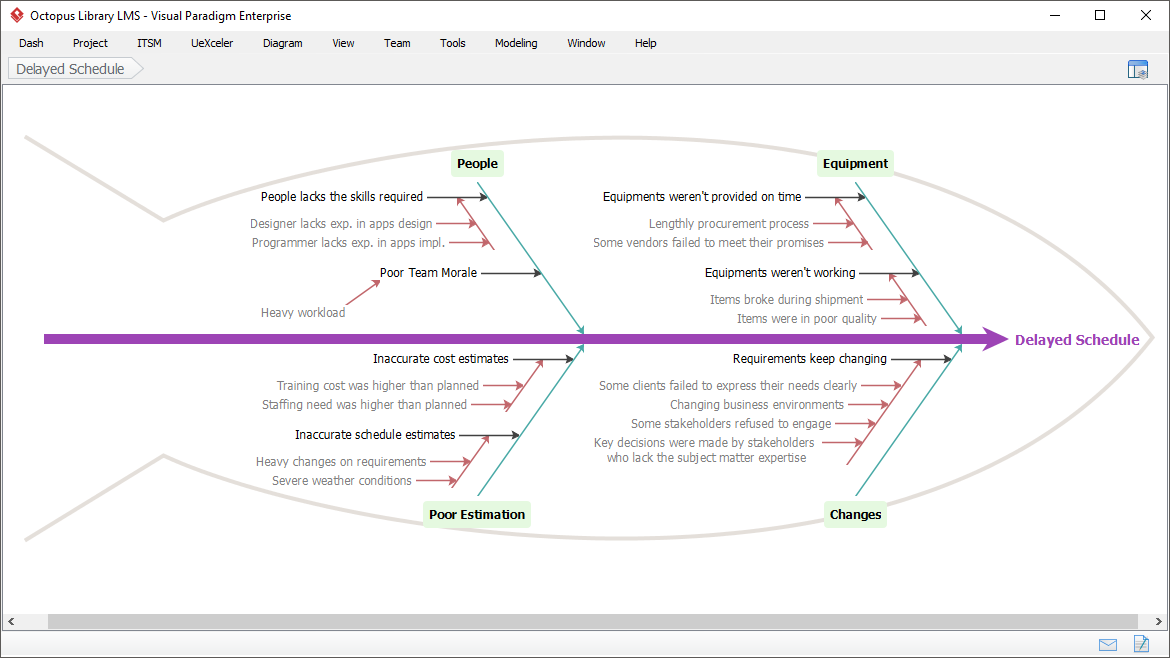Organizational Change is a common thread that runs through all businesses regardless of size, industry and age. It is about the process of changing an organization’s strategies, processes, procedures, technologies, and culture, as well as the effect of such changes on the organization. Kurt Lewin developed a change model involving three steps: unfreezing, changing and refreezing.
Continue reading

